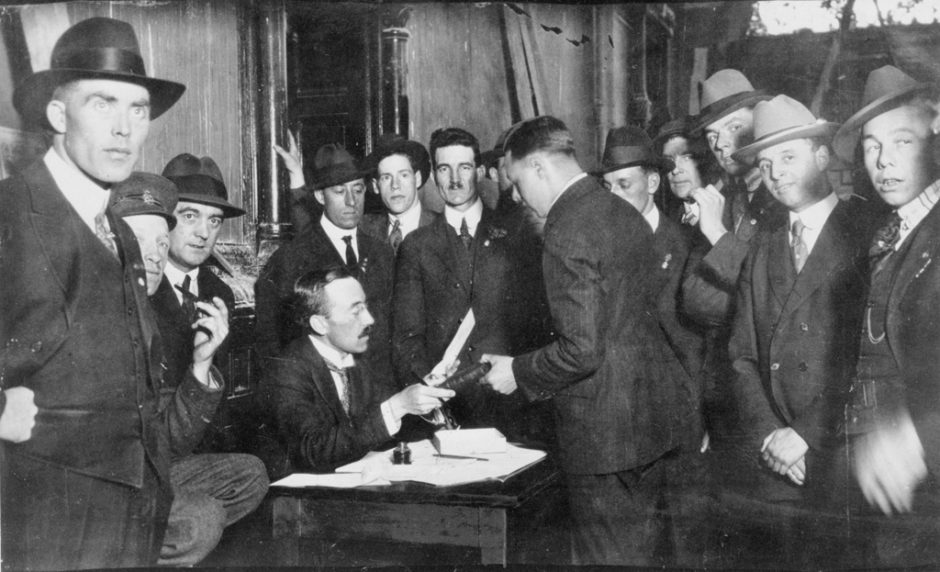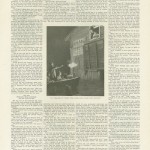

Despite additional ease, time spent cleaning was still high. Kyvig in his book American Life from 1920 to 1940. “A massive growth in advertising for new-style bathroom fixtures, home appliances, and cleaning products spread the impression that people, their clothing, and their homes should be cleaner than ever before,” wrote David E. Meanwhile, disinfecting cleaning solutions were suddenly deemed a necessity, practically solidifying Lysol as a household name. Even the painted metal finishes of kitchen appliances were touted as being “sanitary” to ease concern over the unfamiliar contraptions and encourage sales. Personal and home hygiene were given greater priority during this decade than in years past, and early electric appliances often made it easier to maintain new societal standards. With electric lighting instead of gas, layouts became airier and less constricting. Gas lighting could be dangerous, so highly partitioned rooms with heavy drapes to limit hazardous drafts had been safety measures.

Additionally, those floorplans started to open up making the rooms that remained a bit larger. The front parlor that had been so common in Victorian homes was one of the first spaces to disappear. To save money, the houses themselves shrank and entire rooms were eliminated from common floorplans. 1ĭespite electricity being more readily accessible, it still came at a cost. It was during this decade that electricity became more common, not only for lighting but for smaller appliances like hand mixers and blenders. These smaller houses weren’t chosen purely for their aesthetic, however. Other homeowners with a smaller budget or different taste may have opted for Western bungalows. Lush colors, an abundance of patterns in fabrics and wall coverings, and plenty of glitzy metals in a variety of finishes, sometimes in the same room, were hallmarks of Art Deco. It’s because of Art Deco and the Egyptian craze after Howard Carter discovered King Tut’s tomb in 1922 that we began to see opulent and highly ornamental décor. As homeowners saw the extravagant style in larger buildings, they scaled it to their own homes to show off their own prosperity. That was apparent in everything from home furnishings to the slightly scandalous flapper style to politics as women gained the right to vote in 1920.Īrchitecturally, Art Deco debuted in commercial buildings for which you’d be hard-pressed to find a better example and the Chrysler Building. World War I was over and many people felt freer than they had in years.


 0 kommentar(er)
0 kommentar(er)
